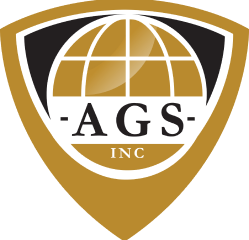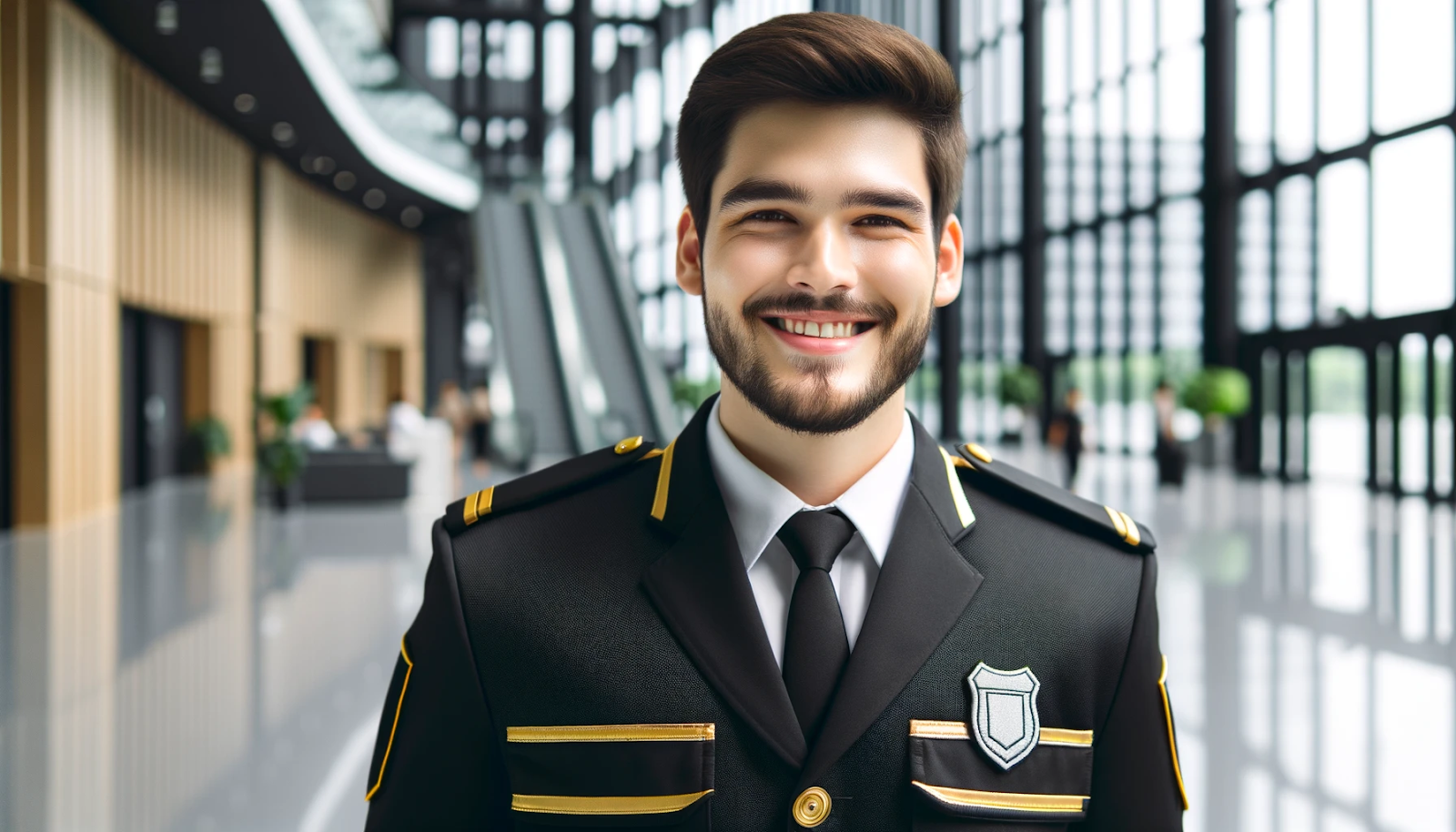In the security profession, health and safety practices are paramount to ensure the protection of assets and the well-being of security personnel. This guide offers a comprehensive look at the essential health and safety practices specific to security guards, aiming to support property managers, chief security officers, and security company hiring managers in fostering a safe working environment.
1. Understanding Health Risks
Physical Health Risks
Security guards often work in environments that expose them to physical risks. These include:
- Strains and Sprains: Due to prolonged standing, heavy lifting, and sudden physical exertion.
- Exposure to Hazardous Materials: In certain settings, guards might come into contact with chemicals or other dangerous substances.
Mental Health Risks
The nature of security work can also impact mental health:
- Stress and Anxiety: High-alert situations and ensuring safety can lead to significant stress.
- Shift Work Disorder: Irregular working hours can disrupt natural sleep patterns, causing fatigue and other health issues.
2. Essential Safety Practices
Personal Protective Equipment (PPE)
Utilizing appropriate PPE is crucial. Security guards should have access to:
- Protective Vests: To safeguard against physical attacks.
- High-Visibility Clothing: For working in low-light conditions.
- Communication Devices: Stay in constant contact with the team and call for backup if necessary.
Training and Drills
Regular training sessions are vital to keep security guards prepared for any situation:
- First Aid Training: Ensures that guards can respond to medical emergencies promptly.
- Fire Drills: Teach guards how to react in case of fire.
- Conflict De-escalation Techniques: Help manage potentially violent situations without force.
Ergonomic Practices
Implementing ergonomic practices can reduce physical strain:
- Proper Footwear: Comfortable and supportive shoes to prevent foot and back problems.
- Stretching Exercises: Regular stretches to avoid muscle strain from long periods of standing or sitting.
3. Managing Work Environment
Safe Workspaces
A safe workspace is critical for minimizing risks:
- Adequate Lighting: Ensures visibility in all areas.
- Clear Signage: Helps in quick navigation during emergencies.
- Clean and Uncluttered Areas: Prevents accidents caused by tripping over objects.
Surveillance Systems
Effective surveillance systems contribute significantly to safety:
- Regular Maintenance: Ensures cameras and alarms are functioning correctly.
- Remote Monitoring: Allows for immediate response to incidents.
4. Health and Wellness Programs
Physical Fitness
Encouraging physical fitness among security guards is beneficial:
- Fitness Programs: Regular exercise routines to maintain good health and stamina.
- Health Screenings: Periodic check-ups to monitor health status.
Mental Health Support
Supporting mental health is equally important:
- Counseling Services: Provide access to professional help when needed.
- Stress Management Workshops: Teach techniques to handle stress effectively.
5. FAQs
Q: What is the most common injury among security guards?
A: Strains and sprains due to physical exertion are the most common injuries.
Q: How often should security equipment be checked?
A: Regular checks should be conducted monthly, with immediate inspections after any incident.
Q: What mental health resources should be available to security guards?
A: Counseling services, stress management workshops, and access to mental health professionals are essential.
Q: How can shift work disorder be managed?
A: Establishing a consistent sleep routine, using blackout curtains, and avoiding caffeine before bed can help manage shift work disorder.
Q: What kind of training should be mandatory for security guards?
A: First aid, fire safety, and conflict de-escalation training should be mandatory.
In conclusion, ensuring the health and safety of security guards is a multifaceted approach that involves physical protection, mental health support, regular training, and maintaining a safe work environment. Property managers, chief security officers, and security company hiring managers can create a secure and healthy workplace for their security personnel by adhering to these practices.
.png)
.png)
.png)

.png)
.png)

.png)
.png)
.png)
.png)
